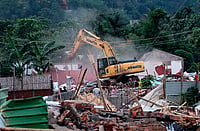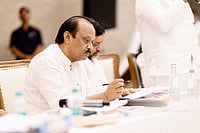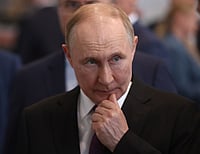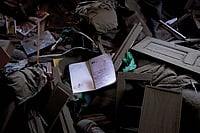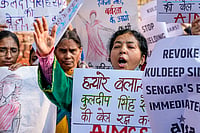
This is probably an apt time to quote from a 2002 study by the Lloyd's Register of Shipping, a part of the London-based Lloyd's group with interests in insurance. "Almost 70 per cent of the unmanned platforms had widespread corrosion and the wellhead areas of these platforms were congested due to improper routing of injection lines," it noted, adding that even internal leakage was observed at some places in the subsea pipelines. The study added that the contractors didn't carry out the stipulated ultrasonic thickness measurement in critical piping, well flow arms, and main lines of the water injection lines.
Later, in August 2003, the then petroleum minister, Ram Naik, directed ONGC to formulate an emergency plan to improve its safety standards to conform with global standards. Making a statement in Parliament, Naik questioned the PSU's systems pertaining to the safety and security of life in offshore operations, especially air logistics, maintenance, repairs and renovation of offshore structures and pipelines, and hiring of helicopters.
When Outlook asked ONGC officials about these doubts, we were categorically told that the oil giant was in the process of putting in place measures to ensure safety for its offshore workers.They claimed that these measures were in compliance with international standards and over 95 per cent of its facilities were certified by global agencies.
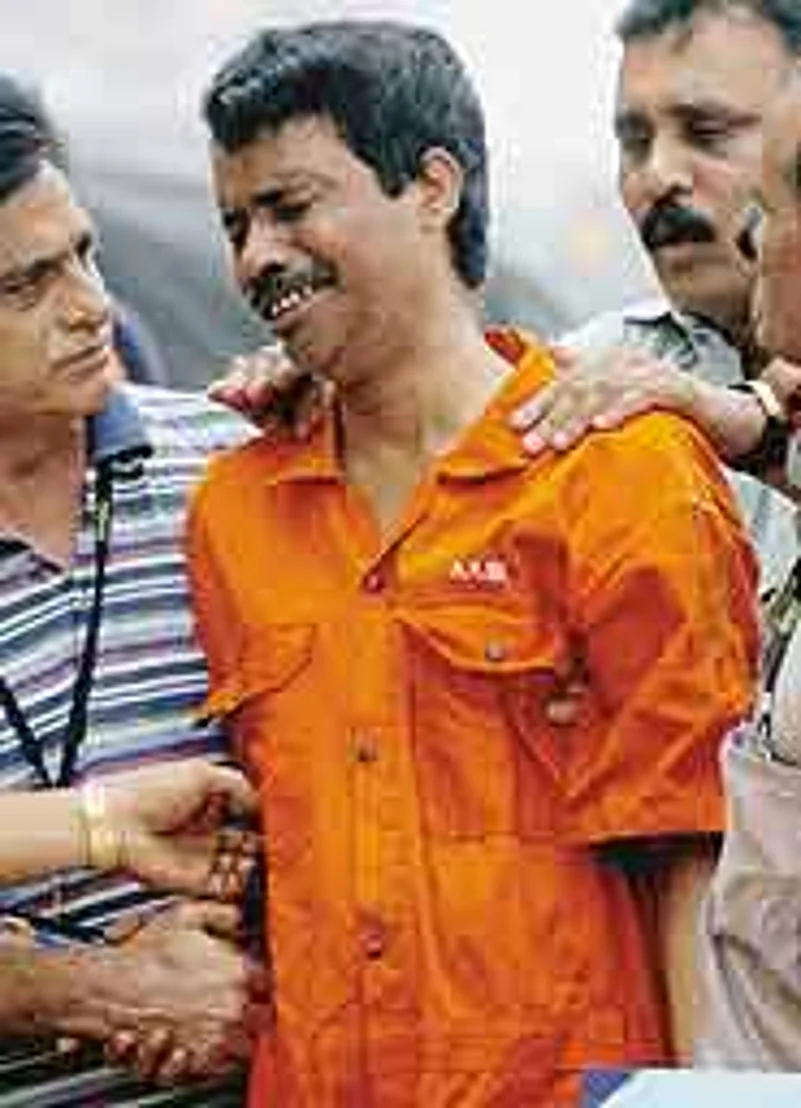
However, experts are not so sure about such claims, as they are not about the assertions made by Aiyar and Manmohan that there would be no disruptions in oil supplies. BHN accounted for a third of the output from Bombay High, which was responsible for 38 per cent of the domestic production. In addition, Bombay High produces gas and GAIL estimates that Bombay High's production, which accounts for over 15 per cent of domestic supply, is down to a fifth.
If one believes Aiyar, 70 per cent of the oil supply can be restored within weeks, and the remaining within six months. In the interim period, the minister pointed out that India could import crude oil and the bill is expected to be around Rs 20 crore per day. But, as analysts point out, it'll be difficult to make up for the loss in gas production. So, there could be problems for sectors that use gas as fuel.
Similar is the case with claims made by the minister about the insurance cover. Aiyar told Parliament on Thursday that the BHN platform is insured for $195 million, while Samudra Suraksha was insured for another $60 million. However, some experts contend that the cost of replacing the oil platform could be in the region of $300 million. That would imply that ONGC would have to cough up over $100 million to replace it. There are also doubts about whether the insurance company would pay the entire covered amount, or deduct some portion from it. And it'd take 1-2 years to build a new oil platform.
Clearly, both the policymakers and ONGC are trying to underplay the crisis. What they need to do is to take speedy decisions to look for alternative sources to make up for the shortfall in oil and gas. And instead of just probing this one accident, the petroleum ministry and ONGC need to take a relook at the entire safety and security systems in all its oilfields. Such an exercise would prove crucial, especially as India embarks on an aggressive and ambitious plan to acquire oil and gas fields abroad. For, any major accident in the near future could threaten the country's energy security.


















